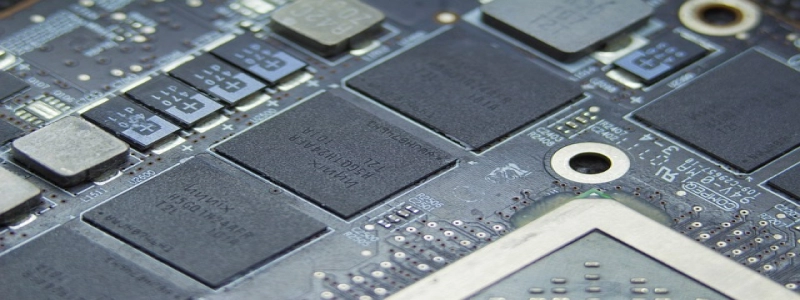Outdoor Ethernet Conduit
Introduction:
In today’s digital world, where connectivity is crucial, an outdoor Ethernet conduit plays a significant role in ensuring reliable and secure network connections in outdoor environments. This article will delve into the details about outdoor Ethernet conduits, including their purpose, installation process, and benefits.
1. What is an Outdoor Ethernet Conduit?
An outdoor Ethernet conduit is a protective tube or pipe used to enclose Ethernet cables deployed in outdoor settings. Designed to shield the cables from elements such as rain, UV radiation, extreme temperatures, and physical damage, these conduits ensure uninterrupted network connectivity even in challenging outdoor conditions.
2. Purpose of Outdoor Ethernet Conduit:
The primary purpose of an outdoor Ethernet conduit is to safeguard Ethernet cables and other network infrastructure components in outdoor installations. By providing a weather-resistant and robust enclosure, it prevents moisture accumulation, corrosion, and degradation of network performance, thereby extending the lifespan of the Ethernet cables.
3. Installation Process:
Installing an outdoor Ethernet conduit involves several steps, as follows:
Step 1: Planning and Design – Evaluate the outdoor environment, determine the length of conduit required, plan the route, and consider factors such as bends, expansion joints, and accessibility for future maintenance.
Step 2: Selecting the Conduit – Choose an appropriate conduit material based on the specific outdoor conditions. Options include high-density polyethylene (HDPE), polyvinyl chloride (PVC), and metal conduits.
Step 3: Digging Trenches – Dig trenches along the planned conduit route, ensuring proper depth and width to accommodate the conduit pipe adequately.
Step 4: Placing Conduit – Lay the conduit pipe in the trenches. Ensure it is properly aligned and securely fastened to mounting brackets or support structures, if required.
Step 5: Cable Installation – Install the Ethernet cables inside the conduit, ensuring a proper fit and appropriate spacing to avoid signal interference.
Step 6: Sealing and Protection – Apply waterproof sealants at joints, as well as entry and exit points of the conduit to ensure moisture resistance. Finally, cover the trenches and the conduit with soil or other protective material to safeguard it against physical damage.
4. Benefits of Outdoor Ethernet Conduit:
Deploying an outdoor Ethernet conduit offers several advantages, including:
– Enhanced Durability: The conduit protects Ethernet cables from harsh outdoor conditions, extending their lifespan and reducing maintenance requirements.
– Improved Reliability: By shielding the cables from moisture, UV radiation, and physical damage, the conduit ensures uninterrupted network connectivity, reducing downtime.
– Flexibility and Expandability: Outdoor Ethernet conduits can accommodate additional cables or upgrades in the future, providing flexibility for network expansion.
– Cost-Effective Solution: Despite the initial investment in conduit installation, it proves cost-effective in the long run by reducing the need for frequent cable replacement and repair.
Conclusion:
An outdoor Ethernet conduit is a vital component in outdoor network installations where Ethernet cables are exposed to challenging environmental conditions. By providing protection, durability, and reliability, these conduits ensure seamless and secure network connectivity, making them an essential infrastructure element for various applications, including outdoor surveillance systems, industrial automation, and smart city initiatives.







